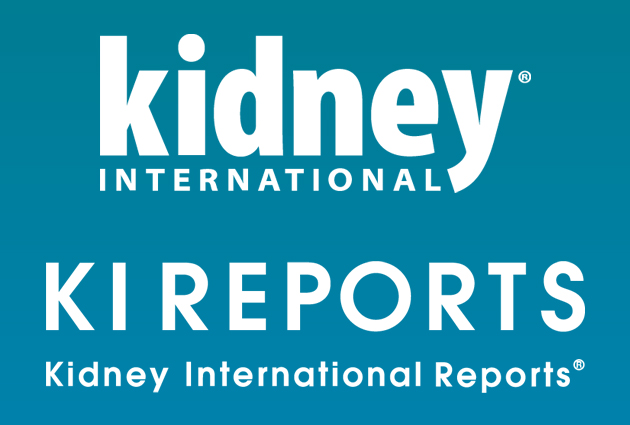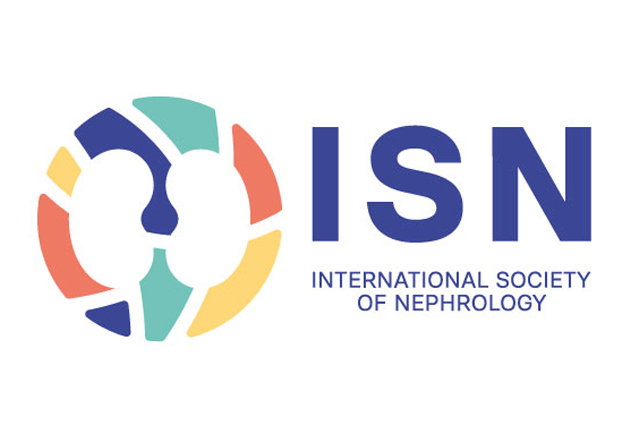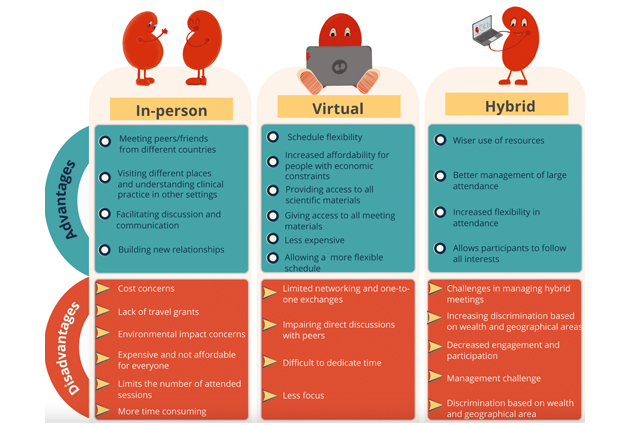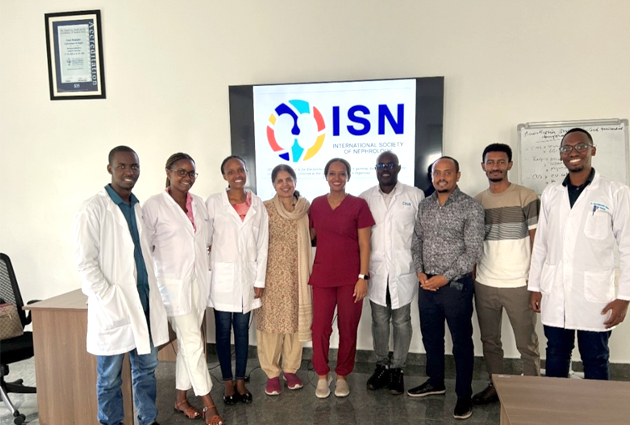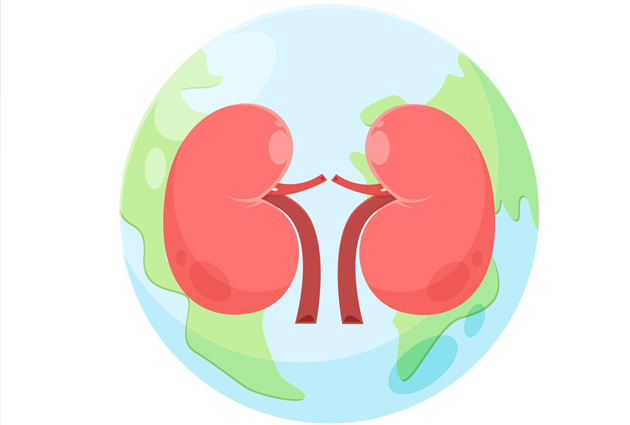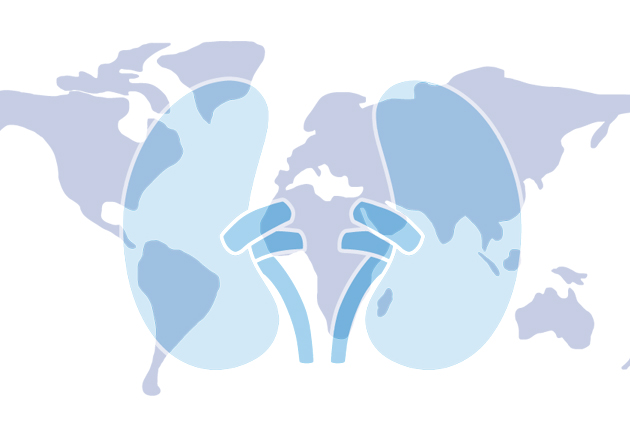Joint Statement from ASN, ERA, and ISN Addresses the State of the Global Nephrology Workforce
Chronic kidney disease (CKD) is a global health crisis with an estimated 850 million affected individuals. The State of the Global Nephrology Workforce: A Joint ASN-ERA-EDTA-ISN Investigation addresses whether there are enough kidney doctors-or nephrologists available to care for the growing number of people around the world with CKD, and whether their training is adequate. The investigation was conducted by the American Society of Nephrology (ASN), European Renal Association (ERA), and International Society of Nephrology (ISN).
“We need a robust and competent nephrology workforce to provide incredibly complex care to patients with kidney diseases, many of whom have multiple medical issues,” said Susan E. Quaggin, MD, FASN, President of ASN. “It’s vital that these patients-regardless of where they live-have access to appropriate care.”
A research survey of 106 countries revealed that nephrologists are the primary kidney care providers regardless of region or economy, yet there are substantial disparities in the nephrology workforce leading to inadequate kidney care capacity across most of the world.
“Our study found a median 9 nephrologists in practice per million population globally, but when we broke it down by region and income we found concerning variation in availability of kidney care providers,” said lead author Stephen M. Sozio, MD, an Associate Professor of Medicine at Johns Hopkins University School of Medicine and chair of the ASN Data Subcommittee. “In some regions, there were as few as 0.5 nephrologists per million, and worse only 0.6 nephrologists per 100,000 individuals with kidney diseases.”
The joint investigation assessing nephrology workforce adequacy across regions and economies also included evaluations of nephrology training and the range of kidney health services provided by nephrologists, nurses, and other clinicians. The team uncovered differences in nephrology training length and practice patterns, indicating that the competence of the workforce may vary considerably from one location to another.
“Given the growing burden of chronic kidney disease fueled by increasing rates of diabetes and hypertension, which are key drivers of the disease, nephrology workforce disparities seen in this study are concerning,” said Monica Fontana, MA, Executive Director of ERA.
To mitigate these disparities, policies are needed to expand capacity by standardizing training, broadening dialysis/kidney-care access, and optimizing the existing nephrology workforce through adoption of nephrology teams. “Regular assessments of the global nephrology workforce capacity are critical to ensure that such policies strengthen the nephrology workforce and harmonize training,” said Charu Malik, PhD, Executive Director of ISN




